“With great power, comes great responsibility.”
Uncle Ben’s wise words to Spider-man have stayed with most of us throughout childhood. The United Nations declared May 16 to be The International Day of Living Together in Peace, in order to remind us that the very responsibility to lead must encompass understanding, appreciating and respecting the ways of people who are different from us.
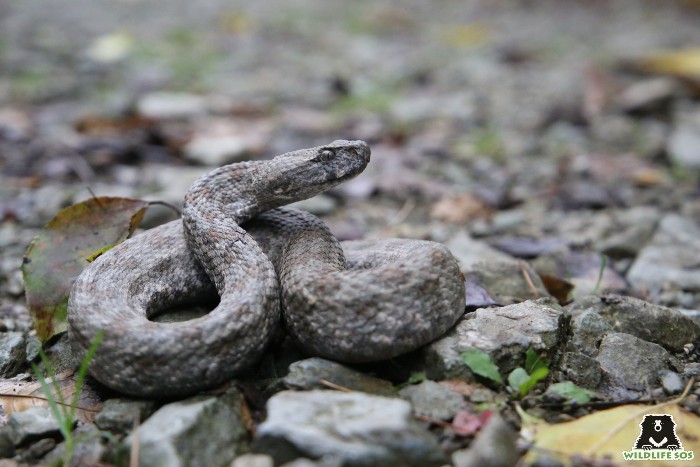
However, that responsibility is not limited to people. Globally, we have witnessed the wildlife population on our planet shrink by almost 70% due to human activities in the Anthropocene. In India as well, biodiversity is at risk from a variety of anthropogenic actions such as habitat loss, poaching, and climate change.
The intent behind conservation is to ensure peaceful coexistence. Rather than locate animal victims of human oppression or paint either party in a moral light, it is important to understand the broader social and ecological context that gives rise to such conflicts.
Conservation is a Team Effort!
As wildlife grows urban due to diminished natural resources and spaces, keeping the peace between species becomes all the more important. Wildlife SOS recognises the fragility of this peace and the value of community-based conservation that is essential for conflict mitigation.
Human-elephant conflicts owing to crop-raiding have become a regular occurrence across the country, with fatal consequences emerging for both sides. There is no easy solution out of this fix, but our workshops and community outreach programs have provided insight into the ways of pachyderms hitherto unknown to the local populace.
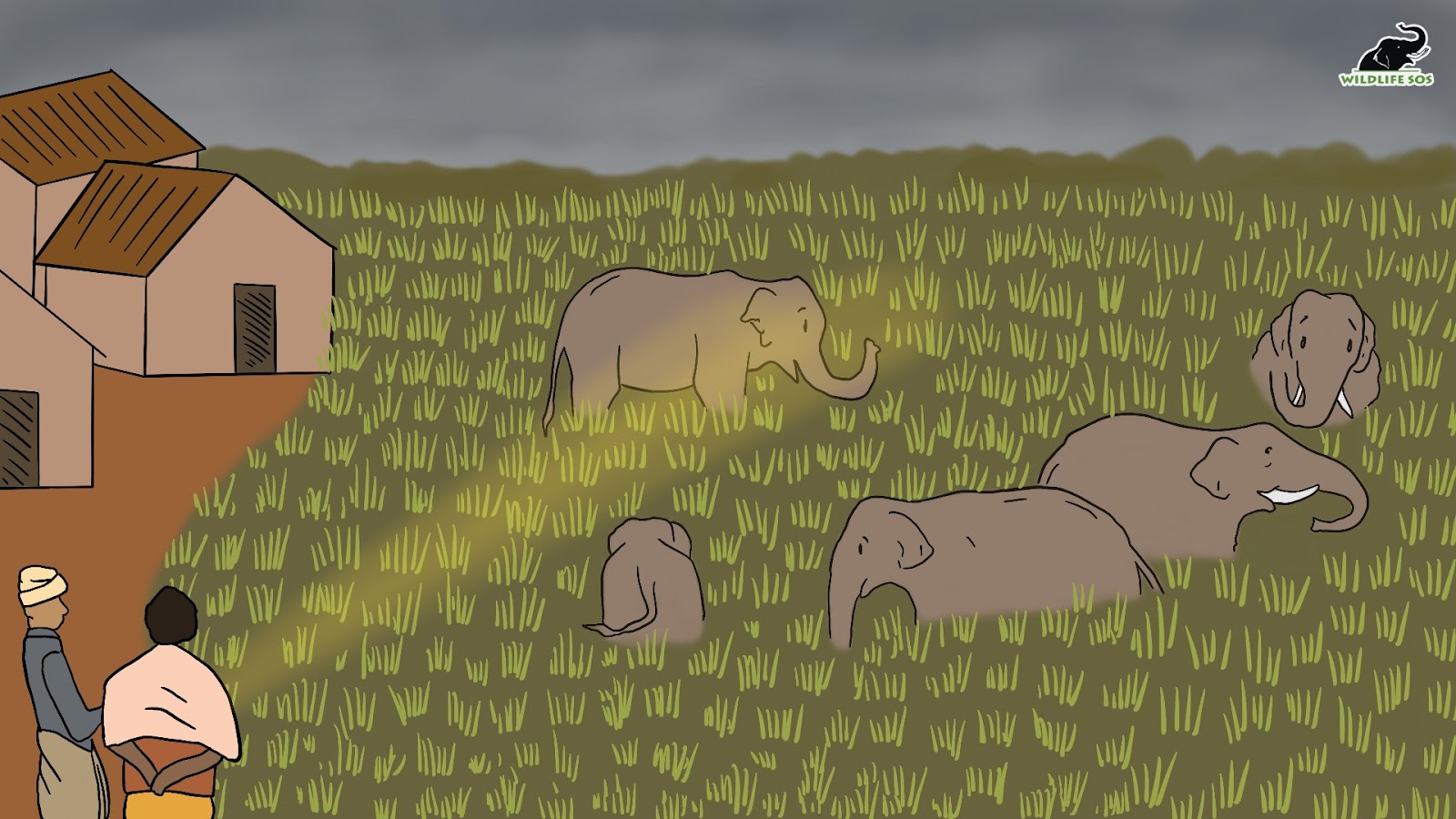
Volunteer groups have signed up to aid us and the forest departments in Chhattisgarh. The success of radio-collaring the pachyderms has proven that technology and nature can work in tandem to save lives.
While we have successfully brought an end to the dancing bear tradition by rehabilitating the Kalandar community and freeing the sloth bears from a lifetime of slavery, people’s tryst with these animals has manifested in different ways, especially in Karnataka.
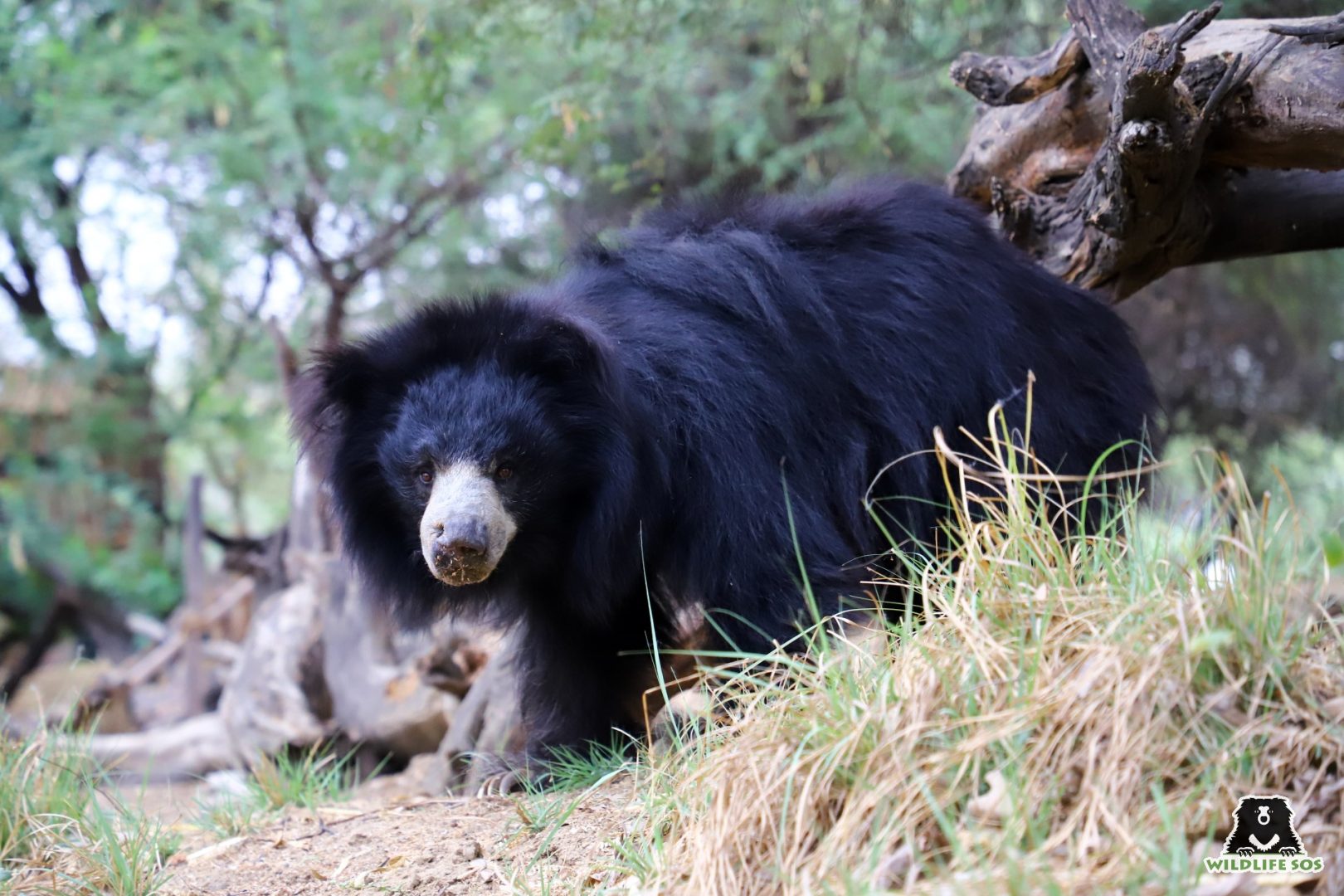
Contrary to popular myth, sloth bears are not naturally aggressive and only attack in retaliation, the propensity of which has increased with cities encroaching into their habitats. This often leads to revenge killings by local people, cascading a seemingly perpetual saga of violence. In this respect, visual media can save the day as evidenced by the reception of our “Living with Sloth Bears” film help which helped generate the proper know-how to coexist with these animals.
Identifying the Problem: Research and Conservation
Often, we need to identify the problem first before finding a solution. Our camera-traps and GPS collars have served to provide insight into the lives of wild sloth bears, in an effort to solve the dual problems of habitat fragmentation and consequent adaptive functions that segway into interspecies conflict.
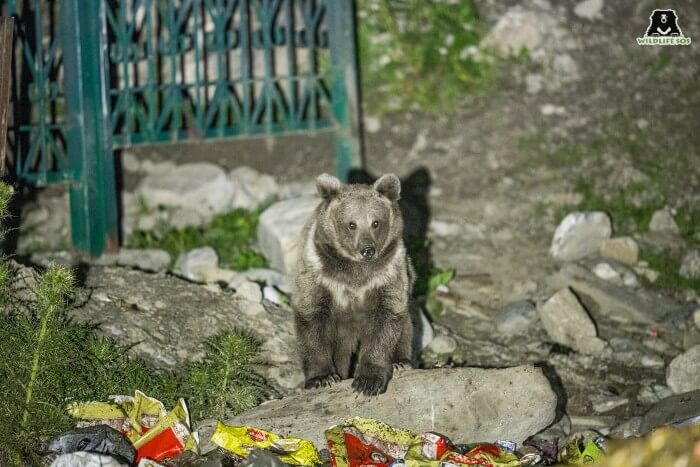
Nor is such research limited to the sloth bear. In the northernmost parts of the country, Asiatic black bears are increasingly entering into conflict zones. Our collaborative survey on Himalayan brown bears provided interesting insights into these animals’ propensity to forage in garbage dumps, which brings them dangerously close to human habitation.
Effective Knowledge Transfer and Hands-on Training
Conservation entails properly knowing and using that knowledge to educate, such that more people are brought within the purview of conservation. Some animals have often been mired in a host of myths and false narratives, leading to their unjust persecution. Awareness sessions motivate different groups of people to join hands and find ways to coexist with the various entities that call planet Earth their home.
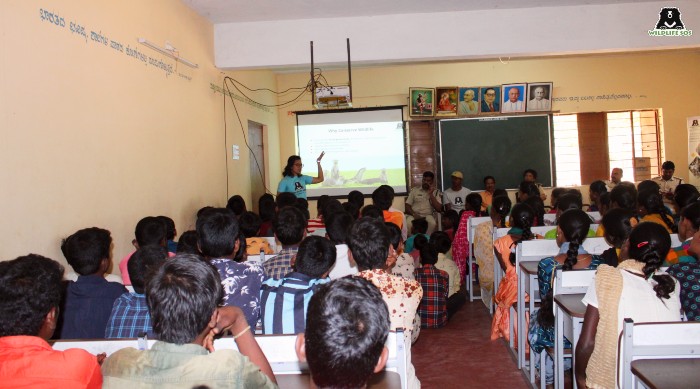
Our team at the Bannerghatta Bear Rescue Centre and Manikdoh Leopard Rescue Centre conduct regular awareness sessions for people from various walks of life including bright-eyed members of the next generation, stewards of the forest, and more! People in Maharashtra are now familiar with the drill of what to do after coming across potentially dangerous animals in human habitations.
It is only due to the right call at the right time that we managed to unite over 100 leopard cubs with their mothers and rescued 40 leopards from drowning in open wells. Our on-going Open Wells Conservation Project in Maharashtra highlights that sustainable coexistence is born of proper mind sets and a desire to live together in peace.
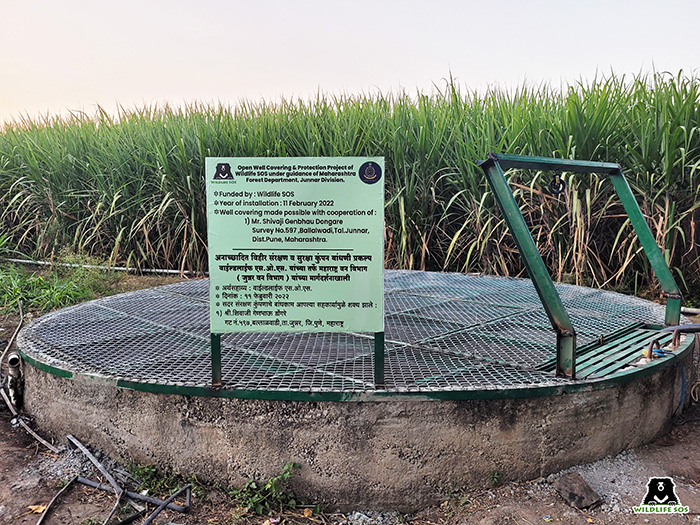
Fighting Bias and Taking Responsibility
Coexistence involves the adoption of responsibility, which filters down to individual choices, but where there’s a will, there’s a way. Collision with kites during Makar Sankranti is a potent danger for many avian species that we rescued and released. Our rescue helplines in Jammu and Kashmir remain abuzz with calls from concerned samaritans who witness birds and reptiles in distress.
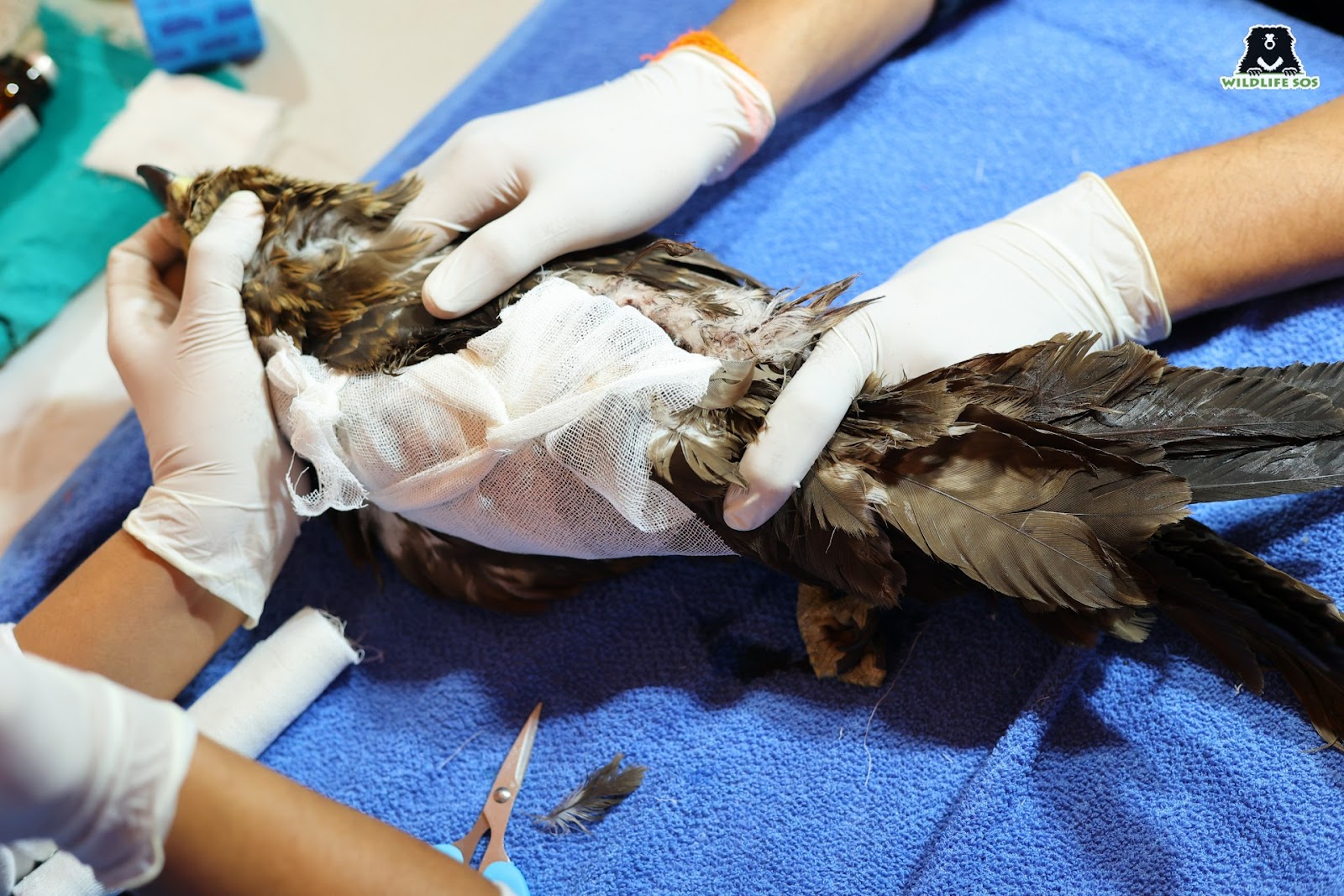
Rescuing snakes is slightly trickier, not only because of the venom some of these reptiles possess but also because of people’s inherent revulsion and cultural stigma about them. Upon encountering a snake, people are often confused as to what the proper course of action is, and here we tell you – do NOT attempt to handle the situation on your own and immediately contact our rescue helplines!
Snakes are often shy and generally do not mount an offensive on their own unless threatened. To live together in peace, it is essential to be responsible, not only to save wildlife but to defer to proper, experienced authorities with the know-how to effectively carry out the procedure!
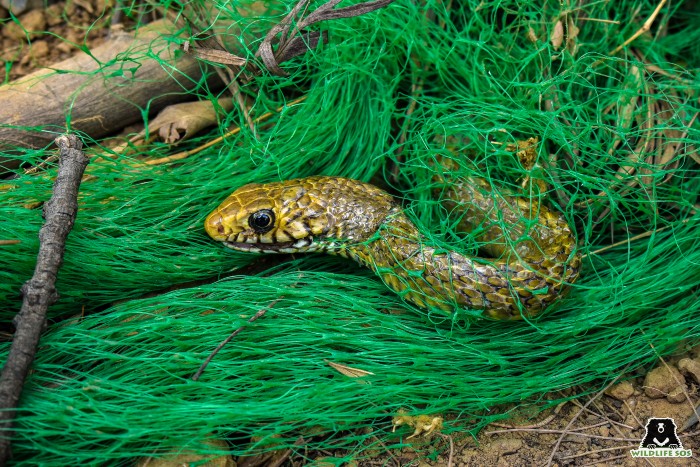
India is a land of many peoples and animals. In this day and age, our motto of ‘unity in diversity’ can only be realised if we cross the species’ border. If you want to contribute towards keeping this peace and make a difference for the voiceless, sponsor a rescued animal.





